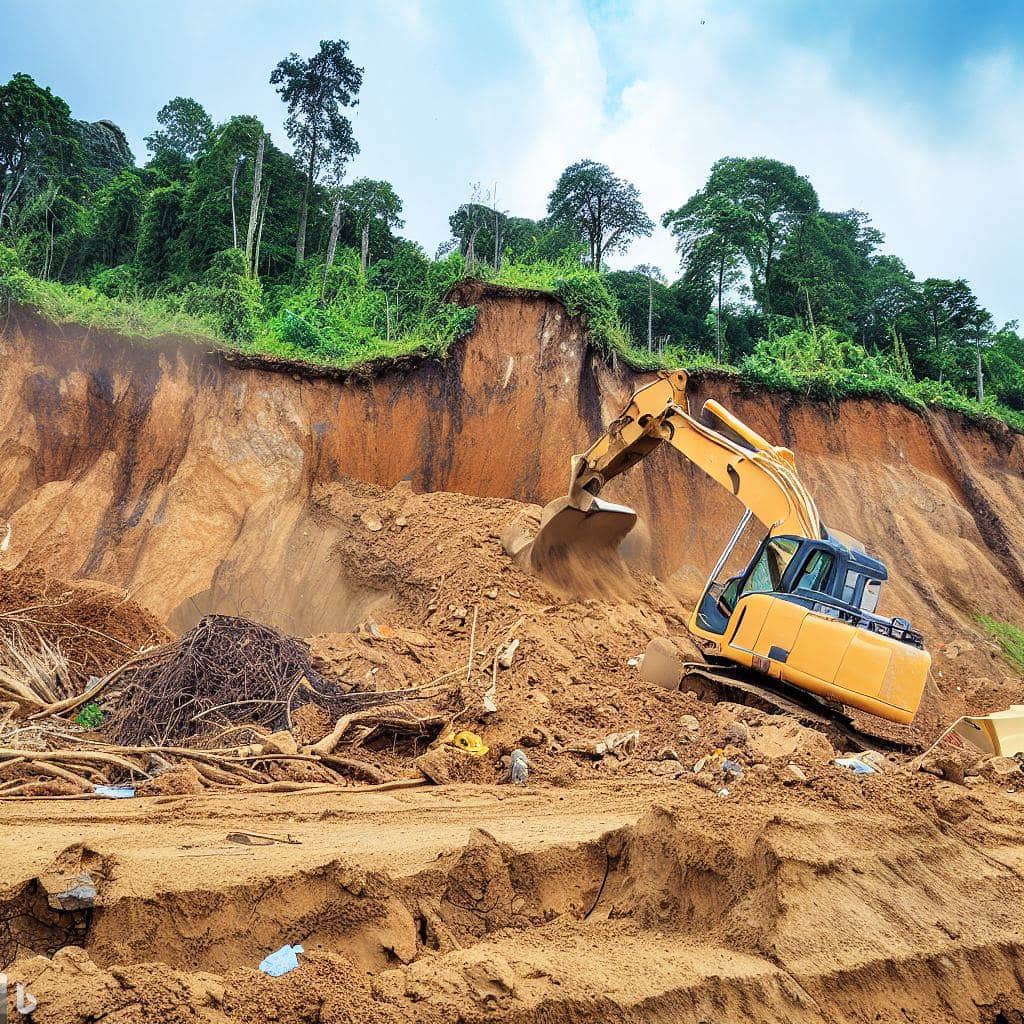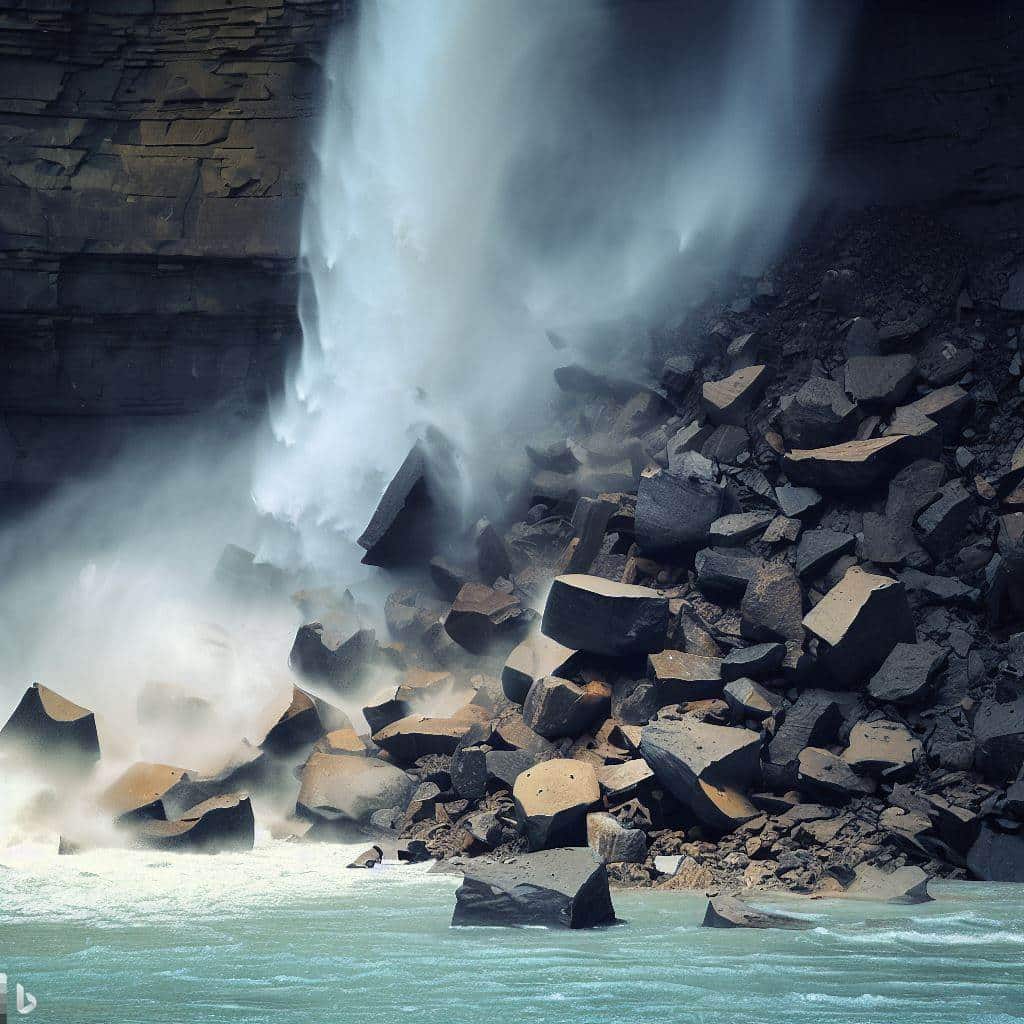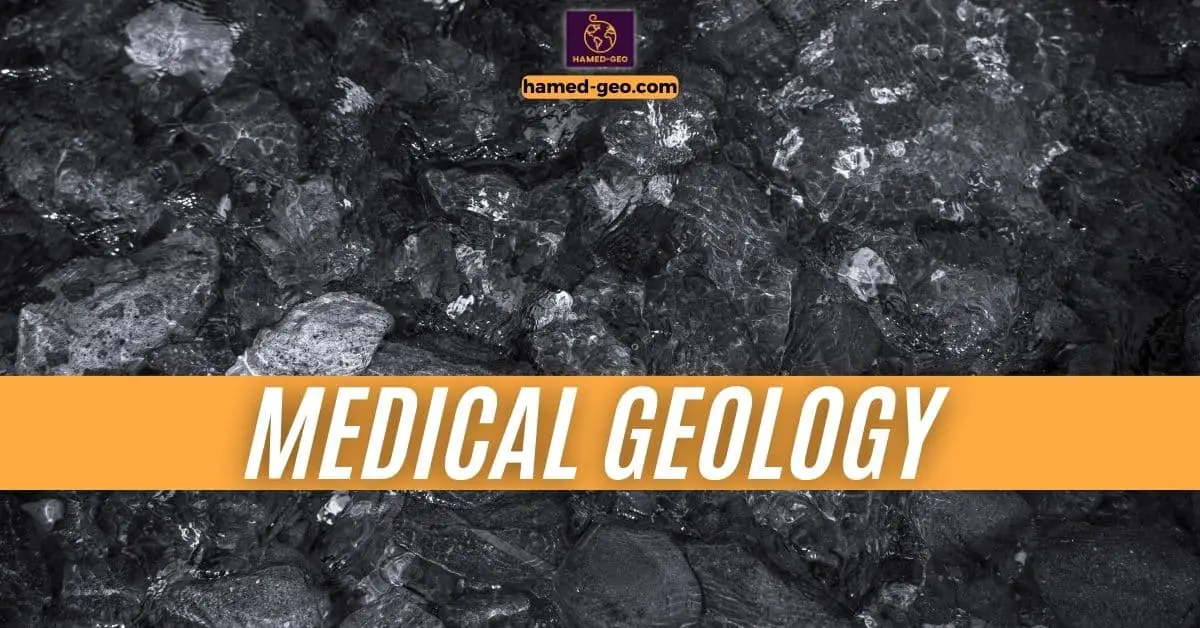As a geologist, I often get asked about the differences between mass wasting and erosion. While they may seem similar at first glance, there are some key distinctions that set them apart. Understanding these differences is essential for anyone studying or working with geological processes.
What is the difference between mass wasting and erosion?
At its core, erosion is the process of wearing down and transporting materials through natural forces like wind, water, and ice. This can happen over long periods of time, as in the case of a river slowly carving out a canyon, or more quickly, as in the case of a flash flood washing away soil and rocks. Mass wasting, on the other hand, is the movement of material down a slope under the influence of gravity. This can happen as a result of natural processes like earthquakes or heavy rainfall, or due to human activities like construction and mining.
| Mass Wasting | Erosion |
| Caused by the force of gravity, water Content, and human activities. | Caused by natural agents such as water, wind, or ice |
| Involves larger pieces of rock or soil | Can involve both large and small particles |
| Types include rockfall, landslide, debris flow, and creep | Types include sheet erosion, rill erosion, and gully erosion. |
Mass Wasting vs. Erosion
Definition of Mass Wasting
Mass wasting is the movement of rock, soil, or other materials down a slope under the influence of gravity. It can occur due to various factors such as the steepness of the slope, the type of material, the amount of rainfall, and seismic activity. Mass wasting can be classified into different types such as rockfall, landslide, debris flow, and creep.
Rockfall occurs when rocks or boulders detach from the slope and fall to the bottom. A landslide is the movement of a mass of rock, soil, or debris down a slope. Debris flow is a type of landslide that involves a mixture of soil, rocks, and water. Creep is the slow movement of soil or rock downhill.
Definition of Erosion
Erosion is the process of wearing away or breaking down the Earth’s surface by natural agents such as water, wind, ice, or gravity. It can occur due to various factors such as the type of rock or soil, the intensity of rainfall, the slope of the land, and the amount of vegetation. Erosion can be classified into different types such as physical erosion and chemical erosion.
Physical erosion involves the physical breakdown of rocks and soil by natural agents such as water, wind, or ice. Chemical erosion involves the chemical breakdown of rocks and soil by natural agents such as acid rain.
So, what is the difference between mass wasting and erosion? While both involve the movement of material down a slope, the key difference lies in the cause of the movement. Mass wasting is caused by the force of gravity, while erosion is caused by natural agents such as water, wind, or ice. In other words, mass wasting is a form of erosion that is driven by gravity.
Another difference is in the type of material that is moved. Mass wasting typically involves larger pieces of rock or soil, while erosion can involve large and small particles.
Understanding the difference between mass wasting and erosion is important for geologists, engineers, and other professionals who work with the Earth’s surface. By knowing the causes and types of movement, they can better predict and prevent damage from natural hazards such as landslides and erosion.
Causes of Mass Wasting
Gravity
Mass wasting is caused by the force of gravity acting on a slope. When the force of gravity exceeds the strength of the material holding the slope together, the slope fails and the material moves downhill. Gravity is the primary driving force behind all types of mass-wasting events.
Water Content
The presence of water can significantly affect the stability of a slope. Water can act as a lubricant, reducing the friction between particles and increasing the likelihood of slope failure. Heavy rainfall or rapid snowmelt can saturate the soil, making it more susceptible to mass wasting events.
Human Activities
Human activities can also contribute to mass wasting events. Excavation, construction, and mining can alter the natural slope of the land, making it more prone to failure. The removal of vegetation can also destabilize a slope, as the roots of plants help to hold soil in place.

Additionally, human activities can increase the water content of a slope. For example, irrigation or the construction of drainage systems can alter the natural water flow of a slope, increasing the likelihood of saturation and failure.
Types of Mass Wasting
When discussing the differences between mass wasting and erosion, it is important to understand the different types of mass wasting. Mass wasting refers to the movement of rocks and soil down a slope due to the force of gravity. There are several types of mass wasting, including rockfall, landslide, and debris flow.
Rockfall

Rockfall occurs when pieces of rock break loose from a steep rock face or cliff. This type of mass wasting typically occurs due to the rock face being undercut by rivers or wave action. Frost wedging may also eventually loosen large blocks, causing them to fall. When rocks fall, they can bounce and roll down the slope, causing damage to anything in their path.
Landslide
Landslides are abrupt rock movements that detach from steep slopes or cliffs. Rocks separate along existing natural breaks such as fractures or bedding planes. Movement occurs as free-falling, bouncing, and rolling. Landslides are often triggered by heavy rainfall or earthquakes, which can cause the slope to become unstable. They can be particularly dangerous because they can move quickly and cause significant damage to infrastructure and property.
Debris Flow
Debris flow is a type of mass wasting that involves the rapid movement of a mixture of soil, rock, and water down a slope. This type of mass wasting is often triggered by heavy rainfall or rapid snowmelt. Debris flow can be particularly dangerous because it can move quickly and has the ability to carry large boulders and trees. In some cases, debris flow can lead to the formation of a mudflow.
Understanding the different types of mass wasting is important for understanding the risks associated with living in areas prone to these types of events. By understanding the different types of mass wasting, individuals can take steps to reduce the risks associated with living in these areas.
Causes of Erosion
Erosion is the process of wearing down and moving rock, soil, and other materials by natural forces such as wind, water, and ice. Here are some of the natural causes of erosion:
Water Erosion
Water erosion is caused by the movement of water over the surface of the Earth. This can occur in rivers, streams, and oceans, and can be caused by rainfall, melting snow or ice, and other forms of precipitation. Water erosion can create gullies, canyons, and other landforms. It can also cause the loss of valuable topsoil, which can lead to reduced crop yields and other environmental problems.
Wind Erosion
Wind erosion is caused by the movement of wind over the surface of the Earth. This can occur in arid and semi-arid regions, where there is little vegetation to hold the soil in place. Wind erosion can create sand dunes and other landforms, and can cause the loss of topsoil, which can lead to reduced crop yields and other environmental problems.
Glacial Erosion
Glacial erosion is caused by the movement of glaciers over the surface of the Earth. This can occur in areas where there are large amounts of snow and ice, such as the polar regions and high mountain ranges. Glacial erosion can create U-shaped valleys, cirques, and other landforms. It can also cause the deposition of large amounts of sediment, which can lead to the formation of new landforms and the alteration of existing ones.
Types of Erosion
Sheet Erosion
Sheet erosion is the process of soil erosion in which a thin layer of soil is removed from the surface of the land. This type of erosion occurs when rainwater flows over the land and picks up soil particles, which are carried away. Sheet erosion is a slow process, but it can have a significant impact on the land over time. It can cause the loss of topsoil, which is the most fertile layer of soil and can lead to reduced crop yields.
Rill Erosion
Rill erosion is the process of soil erosion in which small channels or rills are formed on the surface of the land. This type of erosion occurs when rainwater flows over the land and picks up soil particles, which are carried away in small channels. Rill erosion can be more damaging than sheet erosion because it can cause the formation of gullies and can lead to the loss of topsoil. It can also lead to increased sedimentation in streams and rivers, which can harm aquatic life.
Gully Erosion
Gully erosion is the process of soil erosion in which large channels or gullies are formed on the surface of the land. This type of erosion occurs when rill erosion is not controlled and the channels become deeper and wider. Gully erosion can be very damaging to the land because it can cause the loss of topsoil, the formation of large holes in the ground, and the destruction of vegetation. It can also lead to increased sedimentation in streams and rivers, which can harm aquatic life.
Overall, erosion is a natural process that can have both positive and negative effects on the land. While erosion can create new landforms and help to shape the landscape, it can also cause the loss of topsoil and the destruction of vegetation. It is important to manage erosion to minimize its negative impacts and to protect the land for future generations.
Impacts of Mass Wasting and Erosion
Environmental Impacts
Mass wasting and erosion can have significant impacts on the environment. These processes can alter the shape and structure of the land, leading to changes in ecosystems and habitats. For example, mass wasting can cause landslides that destroy forests and other vegetation, leading to soil erosion and decreased biodiversity. Erosion can also lead to the loss of topsoil, which can reduce soil fertility and limit the growth of crops and other vegetation.
In addition, mass wasting and erosion can contribute to releasing sediment and other pollutants into nearby waterways, which can harm aquatic life and degrade water quality. This can have far-reaching impacts on the environment, including the loss of fish and other aquatic species, and reduced recreational opportunities.
Economic Impacts
The economic impacts of mass wasting and erosion can be significant. These processes can damage infrastructure, including roads, bridges, and buildings, leading to costly repairs and disruptions to transportation and commerce. In addition, erosion can lead to the loss of valuable agricultural land, reducing crop yields and impacting local economies.
Mass wasting can also pose a threat to human safety, leading to the loss of life and property damage. This can have long-term economic impacts, including increased insurance costs and decreased property values in affected areas.
Social Impacts
The social impacts of mass wasting and erosion can be profound. These processes can cause displacement and loss of homes and property, leading to stress and trauma for affected individuals and communities. In addition, mass wasting and erosion can impact cultural sites and other important landmarks, leading to a loss of heritage and identity.
Furthermore, the impacts of mass wasting and erosion can be unevenly distributed, with vulnerable communities and marginalized populations often bearing the brunt of these processes. This can exacerbate existing social inequalities and lead to further marginalization and exclusion.


